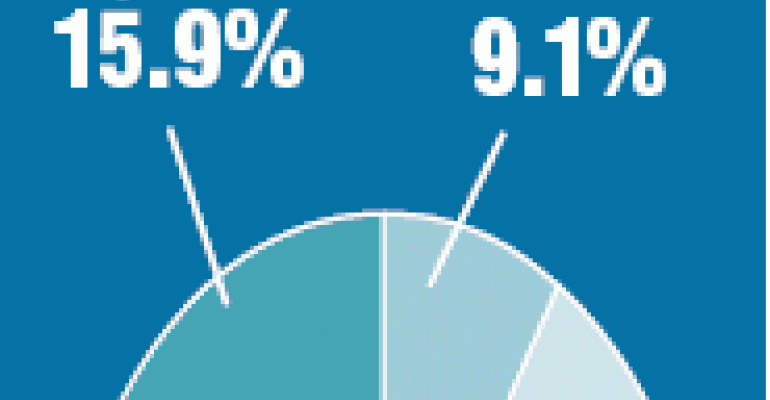Retailers for the most part seem to be convinced that for every dollar that consumers save by substituting a cheaper product, a new dollar lands in the till from increased spending on higher-cost product and from customers cutting back on dining out.
Mona Doyle, president, The Consumer Network, Philadelphia, said she doesn’t see consumers cutting back on their market baskets or food-at-home purchases. Instead, consumers have cut back in other areas, especially eating out at fine dining restaurants.
“In years past, if people were going to trade down, it meant they were trading down from steak to something that took a lot longer to cook,” she said. “That is not happening. What is happening is those people eating at home are those who are budget-strained — from our numbers, it looks like about 30% to 40% [of consumers]. We are still seeing the majority of people who are ‘la-di-da’ — they aren’t changing anything. If they aren’t hurting, they aren’t changing. It is business as usual.”
Doyle said she sees most food shoppers in an adjustment mode when it comes to food inflation. “They may stop adjusting,” she said. “It will be very interesting to see how this generation [those under age 45] trade down in supermarkets, because they haven’t done that in the last 10 years. This generation feels entitled to a whole range of flavors and good food. They have expectations of what good food is all about. Are they going to cut back on organic or stop buying sauces? I doubt it.”
According to Doyle, supermarket spending in recent years has become a matter of balancing convenience, health and taste, with less emphasis on budgetary concerns.
“Consumers see food spending as an incidental,” she said. “But if things get worse, then they’ll go back to seeing it as an area they really have to cut back. Then it is anybody’s guess.”







